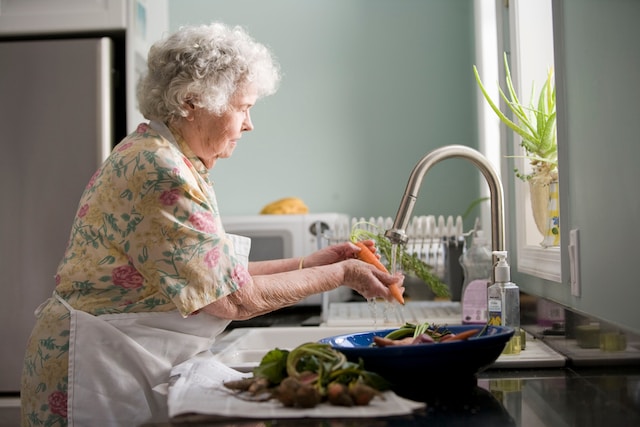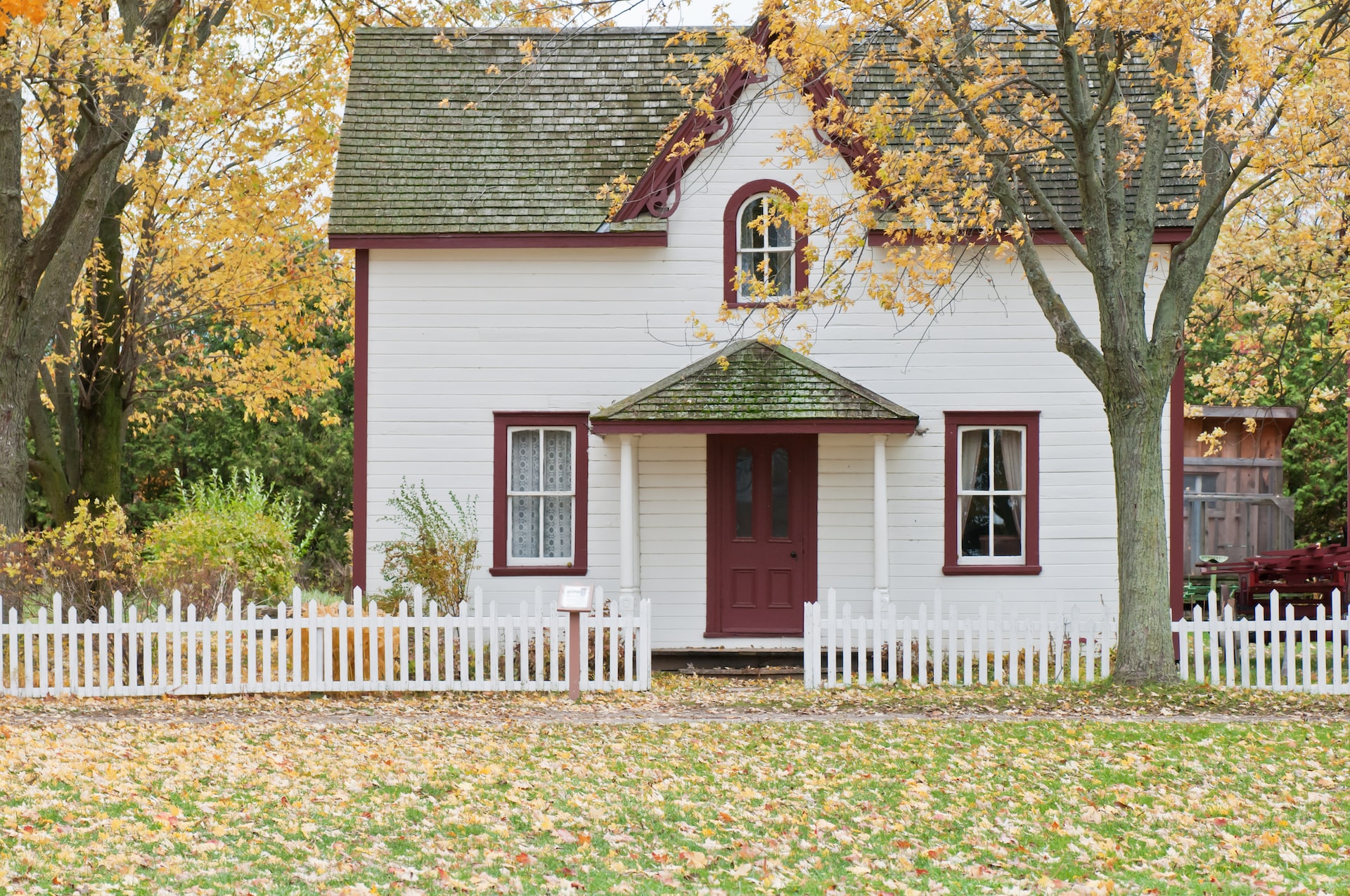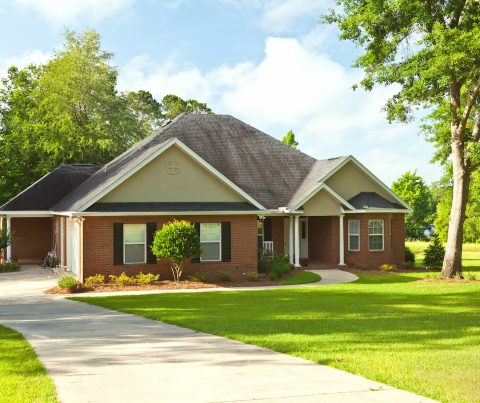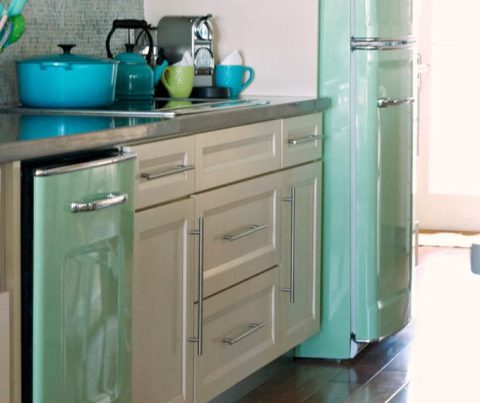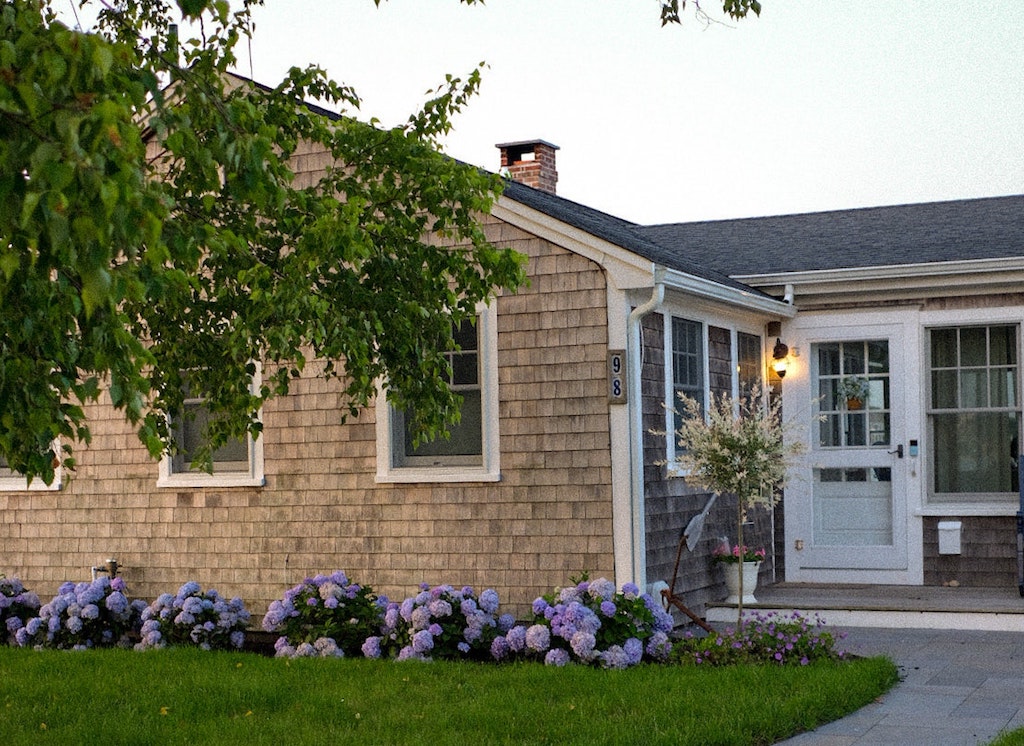As people grow older, the desire to maintain their freedom, comfort, and independence becomes more significant. Many prefer to age in place, staying in their homes for as long as possible. According to a 2021 survey by AARP, 77 percent of older adults in the United States share this preference. This aligns with the rising population of adults aged 65 and older, which has increased from 35 million in 2000 to approximately 55 million in 2020, according to the U.S. Census Bureau. Despite this preference, only 10 percent of American homes are considered “aging ready,” indicating a need for more accessible housing options.
Whether you’re planning to modify your current home or want to design a brand-new accessible home to move into, these changes are key to providing older adults with a more fulfilling life. Simple upgrades and safety updates ensure that homeowners are comfortable and safe in their homes as they age. This guide has helpful information showing you how to implement accessible design into your home to ensure that you or the senior adult in your life remains comfortable and independent for as long as possible.
Understanding an accessible home and aging in place
The term “aging in place” means that senior adults can stay in their homes as long as possible while they get older rather than moving to a nursing home or a senior living facility or community. Many adults feel that growing older at home allows them to remain as independent as possible for as long as possible. There are many benefits to staying in your home as you age, including:
- More control over your daily life and activities
- The ability to remain in a safe and familiar space
- Being closer to your belongings, family, friends, and neighbors
- Maintaining a sense of closeness to the community
- Improved mental health and self-confidence
- The opportunity to continue living on your own terms
- Aging in place is typically more affordable than paying to live in an assisted living facility
- Keeping one’s home means that it can be passed on to family members in the future rather than having to sell it
According to a US News and Report study, over 90 percent of adults over 65 said they’d prefer to remain in their homes as they age. However, seniors must modify their existing homes to stay safe while aging in place. These modifications enhance security, add value, and improve the overall quality of life.
While aging in place benefits many older adults, ensuring you can do so safely is important. Those with a disability or chronic health condition may need additional assistance while living at home. The National Poll on Healthy Aging also found that just 15 percent of respondents had considered modifying their homes. Fortunately, there are now more options than ever to assist many senior adults in aging in place.
Why homeowners should embrace accessible home transformations
Making the home accessible will help enhance seniors’ quality of life and improve their independence. Implementing these adaptations allows seniors to live in their homes longer while giving family members more peace of mind. Here are more reasons why it’s smart to welcome accessible home design.
- Promotes long-term cost-effectiveness by avoiding the need to pay for the high costs of senior living facilities or nursing homes
- Adds value to the home, improving its resale value in the future
- Future-proofs the home so it’s easier to adapt to changing needs
- Reduces the risk of injury and accidents, ensuring the safety of the resident
- Improves overall functionality, making each feature easier to use
- Increases the sense of happiness, mental well-being, and independence for seniors
Exploring accessible home design
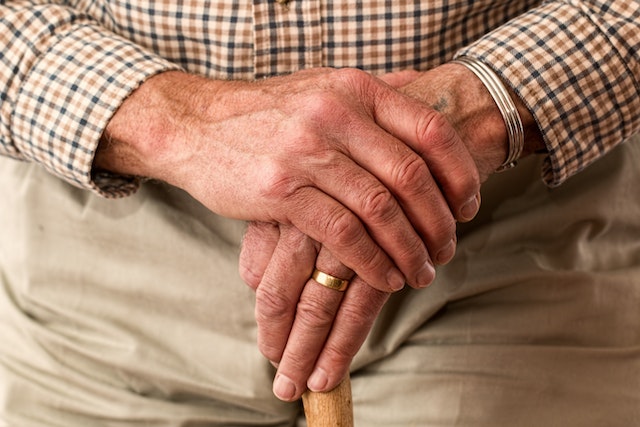
Creating an accessible home also focuses on inclusivity and provides security, senior safety, and consistency to those with disabilities, chronic ailments, and a wide range of physical limitations.
Investing in accessible home design includes adding new safety features, replacing traditional items like common appliances and doorways with more adaptive versions, and moving the location of certain rooms for easier access. Common issues like fires, slips and falls, and other injuries can be limited once the accessible home design is implemented.
Incorporating accessible design provides a variety of positive impacts on those aging in place:
- Accessible design creates a space that can be used by those within a wide age range and ability levels.
- Implementing these designs gives homeowners a customized space suited to their unique preferences.
- True accessible design is easy to use, intuitive, and simple for everyone to operate without assistance.
- These designs promote a safer home, reducing the odds of accidents and injuries.
- The right accessible home design improves comfort and reduces the physical effort required to perform daily tasks.
Exterior modifications for an accessible home
Improving the accessibility of a home’s exterior involves making some key changes that not only boost accessibility but also promote safety, especially for seniors and individuals with disabilities.
Accessibility enhancements
- Installing wheelchair ramps for seamless entry and exit, following a comprehensive wheelchair ramp guide to ensure proper installation and functionality.
- Widening pathways to accommodate mobility aids such as walkers and wheelchairs.
- Redesigning entrances to ensure smooth and barrier-free access.
- Incorporating a no-step entry to prevent tripping hazards.
- Replacing standard entry doors with wider ones for easier passage.
- Implementing textured surfaces or non-slip materials to prevent slips and falls.
- Installing lever-style door handles for ease of use.
Security and safety upgrades
- Integrating bright exterior lighting for improved visibility and security.
- Utilizing motion-activated lighting to enhance security and functionality.
- Adding stylish railings for enhanced stability without compromising aesthetics.
Interior adaptations for an accessible home
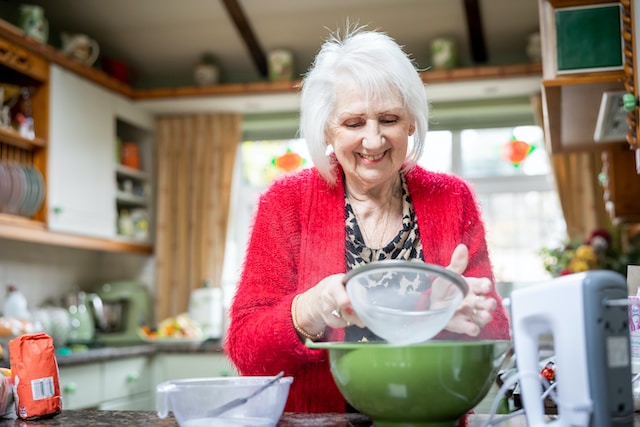
Many adaptations can and should be made to the interior design of an accessible home. These adaptations provide many helpful benefits that increase comfort, independence, and safety.
Kitchen
Seniors face a range of challenges in the kitchen, including the need to reach items that are higher up or the need to bend down to get items below. Fires, spills, and accidental falls are common issues many seniors face while in the kitchen.
- Countertop heights can be adjusted so the resident can easily reach ingredients and cook while seated.
- Adding lever-style handles to doors and appliances makes them easier to operate.
- Pull-out shelves add more storage and improve access to utensils and other necessities.
- Appliances with user-friendly controls and large, easy-to-read displays improve operation.
- Safety features like automatic shut-off and temperature controls reduce the risk of fires and burns.
Bathrooms
Slips and falls are common potential hazards in bathrooms for seniors. Here are some adaptable bathroom design solutions to consider.
- Install nonslip flooring and thick, absorbent bath rugs to help reduce the risk of falls.
- Replace the standard showerhead with a removable, adjustable showerhead so it’s easier to reach and use.
- Upgrade lighting to make the bathroom brighter.
- Add grab bars to shower walls and beside toilets to provide stability and assistance.
- Walk-in showers and tubs reduce the risk of falls and other common injuries.
- Adding a shower chair improves safety while showering.
- Raising the toilet makes using the restroom easier with less strain.
Laundry Room
Doing laundry is an important part of maintaining independence. Here are some ways to ensure ease of use in the home’s laundry area:
- Install front-loading washers and dryers to move clothing from one appliance to another more easily.
- Add accessible shelving and storage cabinets to make detergent, dryer sheets, and other items easier to reach.
- Include adjustable height countertops so that residents can fold and sort laundry at an appropriate level without having to strain.
- If the laundry area is small, add a rolling cart with storage that can easily be moved in and out of the room as needed.
Appliances
Age-friendly appliances are crucial to ensure senior safety. Modern appliances include many new features that can help make them easier for those aging in place.
- Look for refrigerators and other appliances with lever handles so they’re easier to open and close.
- Install energy-efficient appliances to help reduce energy costs.
- Choose appliances with controls within arm’s reach and on the front panel with large buttons and bright LED screens.
- Make sure small appliances like coffee pots and microwaves are placed at counter height.
- Select appliances with auto shutoff features to prevent accidental fires.
Furniture
Aside from the kitchen and bathroom, selecting furniture that encourages improved mobility and comfort is also important.
- Look for lift chairs and recliners that make getting up from a seated position easier without assistance.
- Choose sturdy and adjustable furniture to adapt completely to the residents’ specific needs.
- Ergonomic furniture provides added support and reduces the risk of pain and discomfort in the back, neck, legs, and shoulders.
- Select home furniture that is easy to clean and maintain with water and stain-resistant upholstery and other materials.
- Add nonslip materials to the legs of furniture to keep it securely in place.
- Consider installing stair lifts to facilitate easy access to different levels of the home, enhancing mobility and independence for residents.
Flooring
Part of an accessible home design includes choosing safe, comfortable flooring choices that will keep seniors safe.
- Use slip-resistant materials like rubber or cork flooring, as they work well for those who use walkers or wheelchairs.
- Carpeting is warm, provides traction, and is easy to walk on, but it does require more maintenance and regular vacuuming to keep it clean.
- Avoid trip hazards by installing the same flooring throughout the home so there is no difference in height between transitions to each room.
- Don’t add area rugs to floors. They tend to slip and bunch up easily, increasing the risk of trips and falls.
Protecting your investment with home insurance
As you transform your home to be more accessible, you must consider protecting your investment with the right home insurance coverage. Review your current insurance policy or consider exploring new coverage options that cater to the unique features and upgrades you’re implementing. Most insurance providers offer policies tailored to accessible homes, which may include coverage for specialized equipment, modifications, and increased liability protection.
In addition to standard coverage, consider adding endorsements or riders to your policy to secure protection for valuable items, such as mobility aids, medical equipment, and assistive devices. These endorsements can help cover the cost of repairs or replacements in the event of damage or loss.
Regular maintenance and upkeep of your accessible home are essential for preserving its value and ensuring continued insurance coverage. Conduct periodic property assessments to identify potential risks or hazards and address them promptly to mitigate liability concerns.
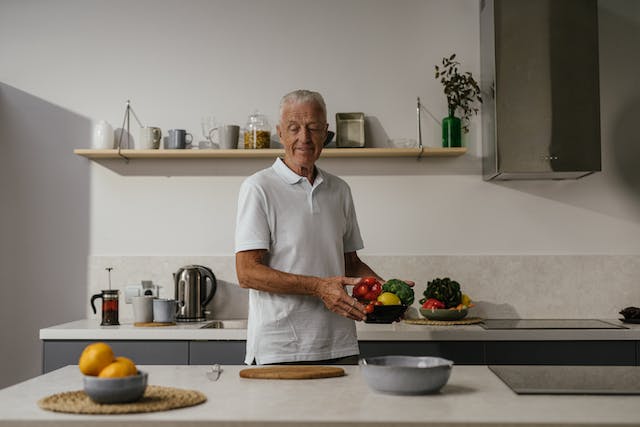
If you are a senior adult or currently have an elderly loved one living alone, consider adding accessible designs to your home to allow for safe aging in place. These simple yet effective modifications provide many benefits, including improved comfort, safety, and inclusivity for people of all ages and abilities. With the appropriate accessible home design, you can extend your stay in your home and enhance your quality of life for years to come.
